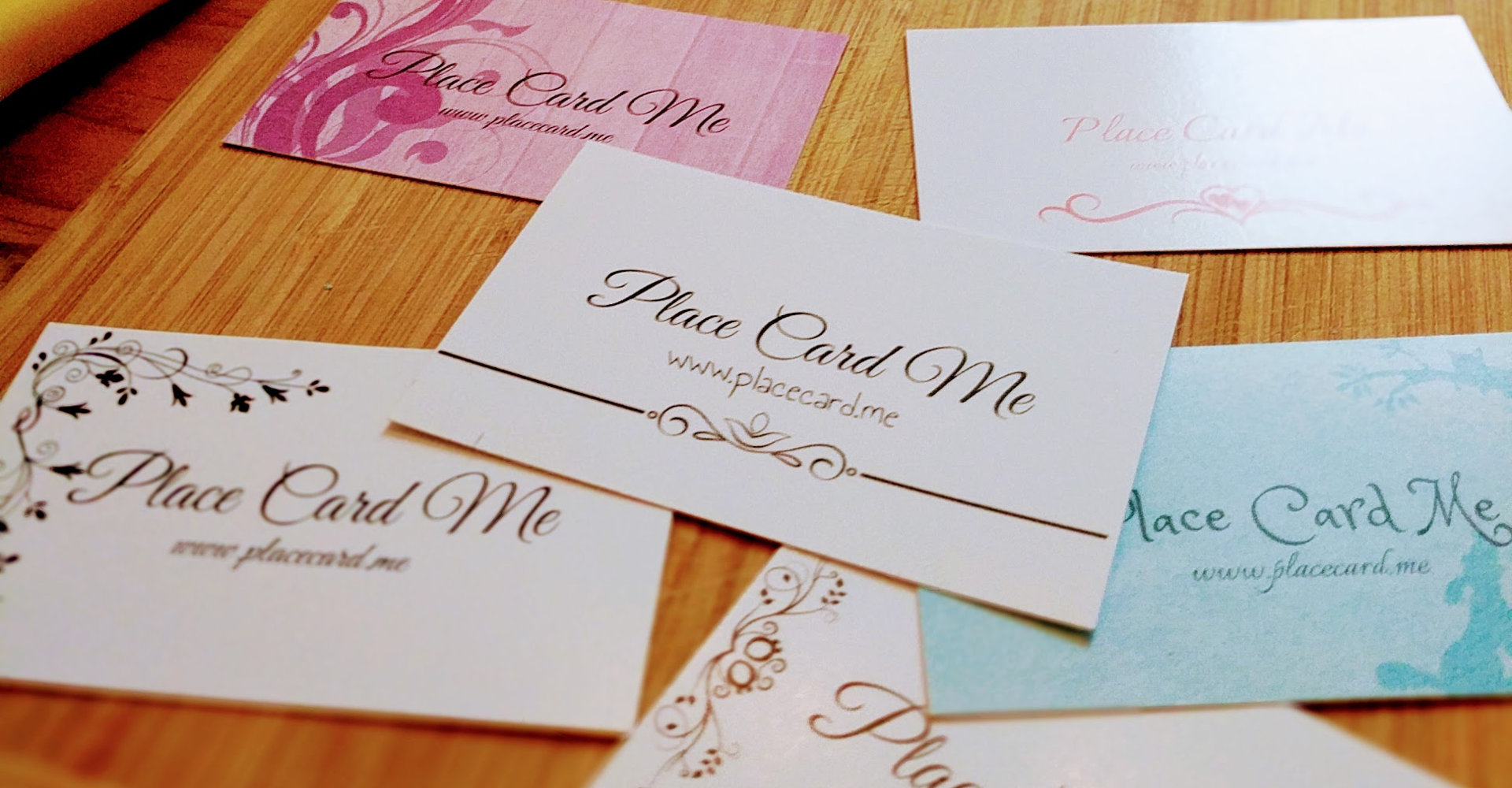For your wedding reception, you generally have three seating options: open sitting, assigned tables, and assigned chairs. You must inform your guests of your choices, regardless of the format you employ.
For this, you’ll probably need stationery, possibly in the form of place cards, seating diagrams, table numbers, escort cards, reserved signs, or a combination of the aforementioned.
Seats reserved signage
Reserve signs might be utilized if you are not allocating people to specific tables or seats. By making a reservation, you can be sure that your family will be seated next to you and that you will have a seat where everyone can see you.
It is not good to avoid this because, in all honesty, your mother might object to your casual behavior because she needs to choose a seat.
Click here – What Is A Unit Number?
Seating orders
Seating diagrams can display either a list of persons with their assigned tables or a room layout with tables and their labels.
A room layout helps visitors become familiar with how the space is set up. This is particularly helpful if your layout is intricate, if you have numerous tables, or if you utilize images in place of table numbers.
You might not require escort cards if your guests’ table assignments are listed on a seating chart. The attendees must, however, be arranged alphabetically and assigned to certain tables. Think about the following instances:
- A seating chart specifies whether the meal will be served family-style or as a buffet.
- To identify the table for guests, a seating place chart is employed, and place cards are placed at the table to indicate which seat guests sit in AND their preferred food (if needed).
- Guests are given an escort card with their table assignment and food option, and a seating chart identifies which table icon or picture is where (if needed).
Both a seating place card with guests’ names and table assignments and escort cards with their dinner choices are superfluous.
Why? Because most attendees are more concerned with getting a table than they are with telling the caterer what they would like to eat.
This suggests that guests might simply scan the map to find their table and then settle in, forgetting their seat assignment card and resulting in confusion when dinner is served.
They could also grab their card and then saunter around the lobby aimlessly, unsure of how they are supposed to know where to seat.
Quantity of tables
The tables’ numbers let guests know which exquisitely decorated table is theirs to occupy. You can make use of numbers, icons, pictures, objects, etc.
Table numbers help your caterer as well as the guests by making it easier for them to find their seats (should you opt for a plated or family style meals).
Like any other element of your wedding, the table numbers may be a wonderful place to include your particular preferences, wedding program theme, and style.
Escort cards
Indications on the accompanying cards tell guests where to seat, such as at which table. They should also contain meal choice designations if you selected a plated meal with many options.
If meals are served, visitors should specify any dietary needs. To tell waiters which visitor is receiving which meal, make the meal marker on an escort card (or place card) clearly visible and unmistakable.
Escort cards must include a table number, first and last name, and both; otherwise, they are useless. Escort cards can be used as guest favors and can be flat or folded, made of paper or another material.
Click here – Bigger, Faster, Stronger: The Battle of Dianabol vs Anadrol
Set up the cards
During the guest place setting, place cards are used to designate which seat a guest should occupy.
Best practices: Any pre-programmed activity requires a comprehensive room layout with recorded first and last names (middle initial if there are any juniors in your family).
Make sure your timetable has time for this because setting this up takes some time. Don’t forget to consider the weather. Make sure the paper is adequately weighted or it could be blown away by the wind.
Instead of placing your head table place cards on the place card table, you can set them up. This makes sense because your wedding party would probably choose to sit in particular locations.
Include a chart with specified orientation and give your planner instructions to choose these cards in advance.

